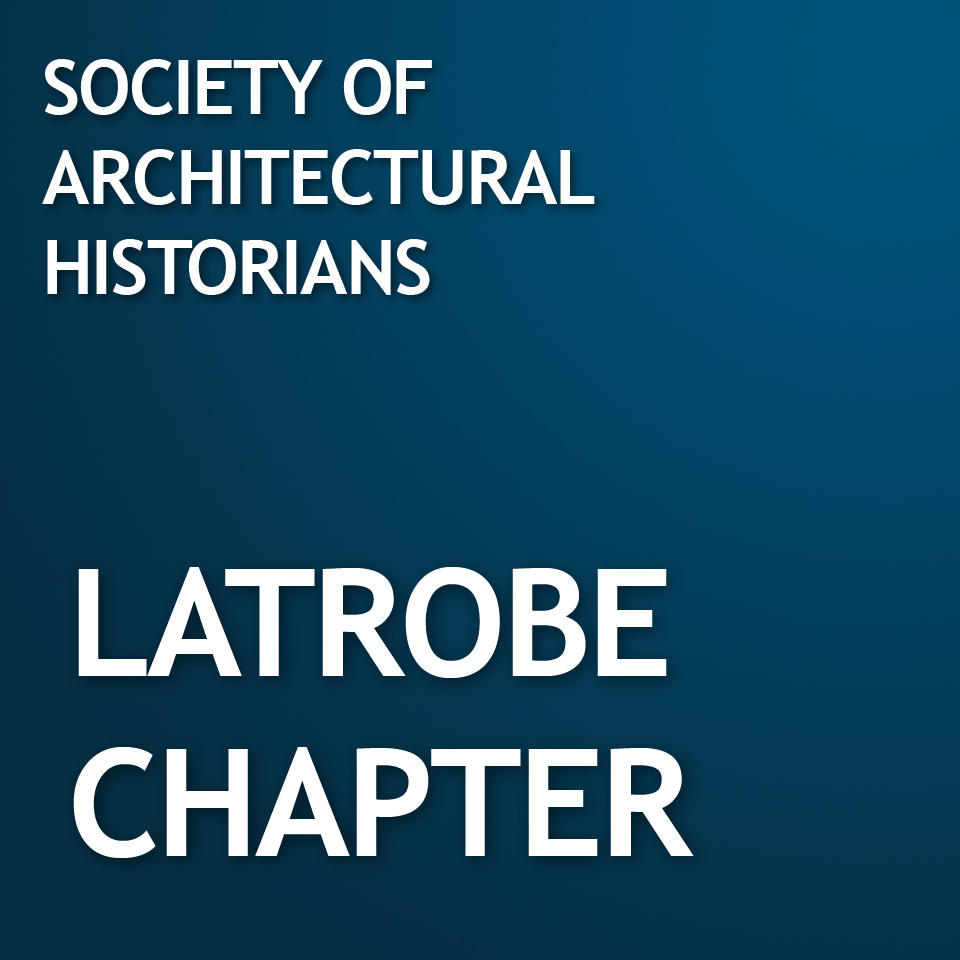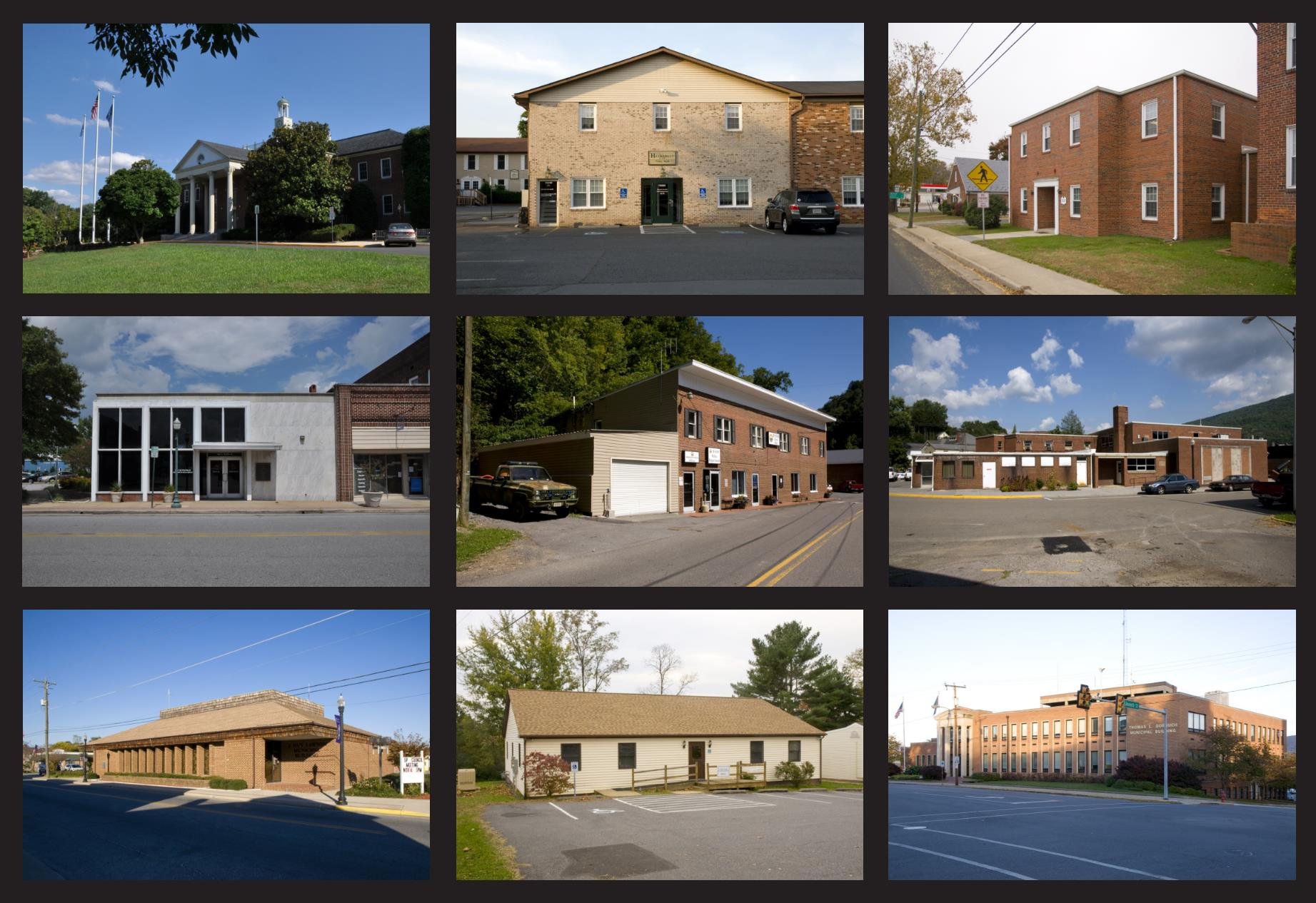This event is free but advance registration is required to participate.
TO REGISTER VIA ZOOM, CLICK HERE
After registering, you will receive a confirmation email containing information about joining the lecture. Please note that we will be held virtually only.
We are also thrilled to share that in 2022, we will be supporting two emerging professionals (graduate students or recent graduates) to attend the national Society of Architectural Historians conference in Pittsburgh, Pennsylvania. Join us as we welcome these two emerging professionals to share with Latrobe their research and experiences at the conference. This roundtable discussion will be moderated by Latrobe Chapter president Vyta Pivo. More information on the fellows is below.
Fellow Bios and Research
Dijia Chen is a fourth-year doctoral candidate in the Constructed Environment program at the University of Virginia’s School of Architecture. Her doctoral dissertation, “Displaced Display: The Making of Contemporary Chinese Architecture in the Sino-German Exhibitionary Contact Zone”, critically examines the architectural production of the developing world as a form of mediated knowledge under asymmetrical power dynamics. She has co-authored a book and has published papers in the Architectural Theory Review, Histories of Postwar Architecture and Log. She has received fellowships and grants from the American Council of Learned Societies, Visual Resources Association, and the Society of Architectural Historians. She has guest lectured at the City College of New York, and was invited as a reviewer for The Journal of Architecture.
My dissertation critically interrogates the widely-acknowledged concept of “contemporary Chinese architecture (當代中國建築)”, not as a faithful reflection of the architectural production in China per se, but rather as a discursive construct privileging a small group of independent architects primarily established through overseas exhibitions in the early-twenty-first century. Centering on their overseas debut, “TUMU: Young Architecture of China”, this dissertation investigates the institutional intentions and curatorial narratives through which Chinese architects were selected, marshalled and presented under transnational contestations, and unpacks the cultural encounters and alterations in the exhibitionary contact zones that implemented the mutual construct of contemporary Chinese architecture.
In this dissertation, I frame temporary exhibitions as “contact zones”, or sites of cross-border contestation and negotiation within a fixed time and space, to study the transcultural imaginaries, institutional encounters and mediatized communications that shape professional and scholarly views of self/other in various fronts (architectural design, media, education, etc.). I study how concepts, narratives, and ideas travel in and out of the exhibitionary contact zone implemented by “TUMU” under the fast-changing cultural-political context at the turn of the century, and how their interpretation and misinterpretation directly or obliquely shaped the image and reality of contemporary Chinese architecture as we know today.
Andrew Marshall is a preservation architect with John Milner Associates Preservation, a division of MTFA Architecture, in Arlington, Virginia. His research focuses on the post-World War II public architecture of Virginia.
Driven by economic strife and political battles across the first half of the twentieth century, Progressivism delivered new government-administered departments dedicated to the health, safety, and welfare of citizens at the national, state, and local levels. The expansion of publicly administered social services emphasized the need for “efficiency and economy” in such programs, an outcome of professionalized public administration and the desire to mitigate potential political backlash. However, the scale of government perpetually increased. In Virginia, this national impulse for “efficiency and economy” became localized. Akin to other southern states, public services were delivered at the county level through support at the state and federal levels. As the policies grew the government workforce, each locality needed new buildings. Through a statewide survey of hundreds of local government buildings, Andrew’s research explores the political processes that directed the design and construction of public administration architecture in Virginian communities in the decades following World War II.
Please note that this lecture will not be recorded.


